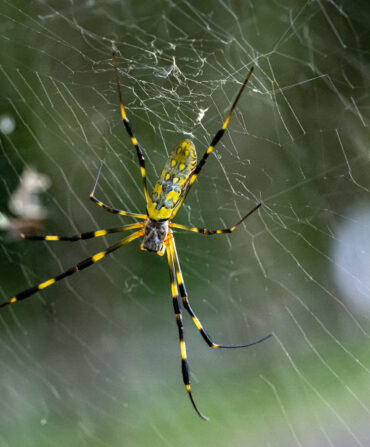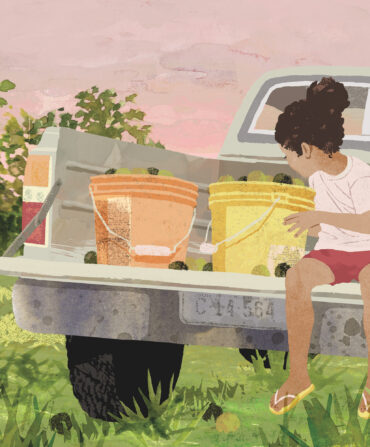Don’t call it a revival, or a celebration of history, or even a renaissance. That’s not what the BambooBash is about. The annual get-together does bring a passel of bamboo fly rod makers and restorers and vintage tackle collectors to the banks of the Little River near Great Smoky Mountains National Park. There are piles of classic Pflueger Medalist reels, and you might find, and be able to cast, a fly line nearly a hundred years old. But this gathering of folks who are simply bonkers over bamboo rods is as much about the now and the next as it is the past.

Each spring, for more than twenty years, enthusiasts have converged like a hatch of mayflies on the property of Dock’s on the River Motel, just outside Townsend, Tennessee. First built by word of mouth and now planned by the online Classic Fly Rod Forum, the loosely constructed three-day event in late April serves as a showcase for bamboo rod technology, and a swap meet for expertise, opinion, and tall tales. Fishing opportunities await nearby, from the river running by the motel to the famed Great Smokies waters. (The town has a reputation as the quiet back door to the national park.) It’s difficult to leave the action at the BambooBash, though, given the world-class assemblage of rods, reels, and tackle.
On the hundred-foot-long Casting Lawn, obstacles mimic conditions in a stream. Plastic hoops serve for target practice. Participants can bring their own bamboo rods or sample the wide selection amassed for the group, and the Line Lab provides some fifty to sixty new and vintage silk fly lines spooled up to try. Fly lines for cane rods come in a huge assortment of tapers—some for small stream work, some for larger flies, others to cut through high winds or carry the teeniest of flies. The chance to cast so many varieties is a huge benefit, as a rod’s performance differs widely based on the line you use.
The mind (ahem) reels with calculations of the street value of all the cane goods present, but you don’t have to be a deep-pocketed collector to fit in. Anyone can attend—recent crowds have numbered about fifty anglers—and the event kicks off with a Thursday afternoon cookout in the park. A cash donation of ten bucks covers the meal—the only charge the entire three days.
What participants do bring to the Little River’s banks is a commitment to the future of bamboo fly rod culture. “This isn’t just a bunch of old guys grasping onto their beloved tackle with their last breath,” says Paul Hinchcliff, a retired federal wildlife biologist and National Park Service ranger and one of the organizers. “We’re not trying to resurrect something that’s faded. Cane fly rods are being made in abundance right now, with a lot of fresh, contemporary design innovation. There are new tapers, new ways of constructing the stick itself, and new ferrule designs, and this tackle has an aesthetic appeal that is second to none.”
The Bash isn’t the only conclave of the cane-loving clan, but many of the others tend to mostly attract serious rod builders. The Smokies shindig is different. “This is a rod enthusiast’s gathering,” Hinchcliff explains. While marquee makers frequent the event to show and sell their work—Munsey Wheby, Jim Ifert, and Bob Smith typically turn up—the general citizenry of BambooBash arrive with plenty of their own gear, and they want to share and talk about their passion. “Our folks are amazingly gracious and open with their knowledge,” Hinchcliff says. And if you like to cast—whether the target is a trout or a hoop—you will find your people.
“These are folks who cannot not cast,” Hinchcliff adds with a laugh. “We invest a huge amount of our emotional capital into this kind of tackle. There will be fly lines flying through the air for three straight days, as long as there is daylight to see them.”








